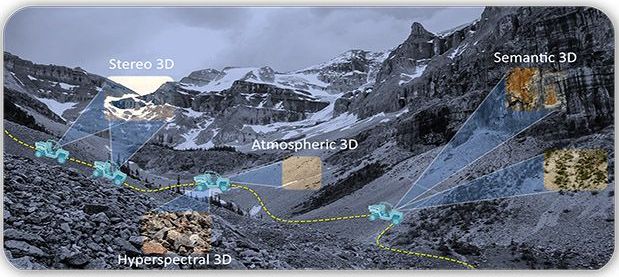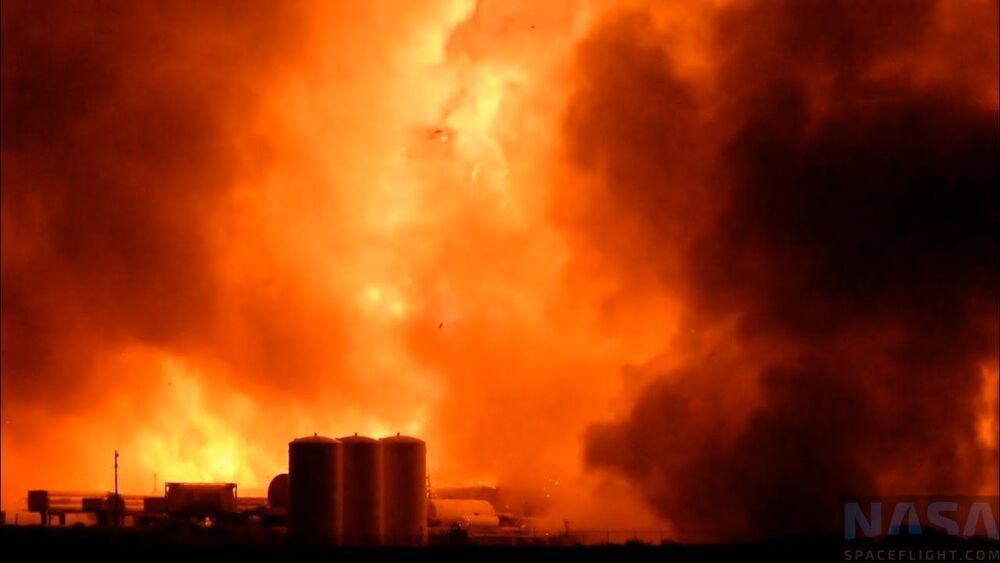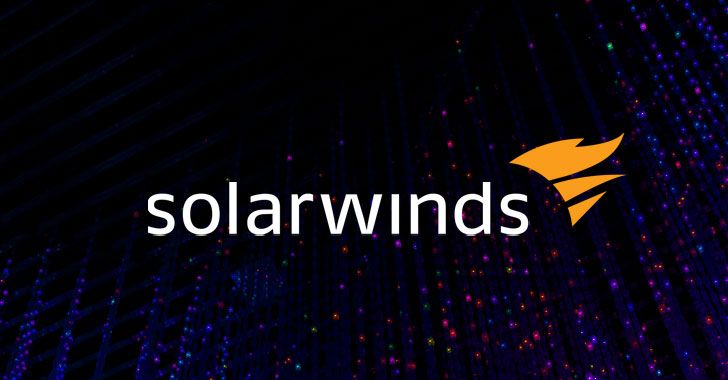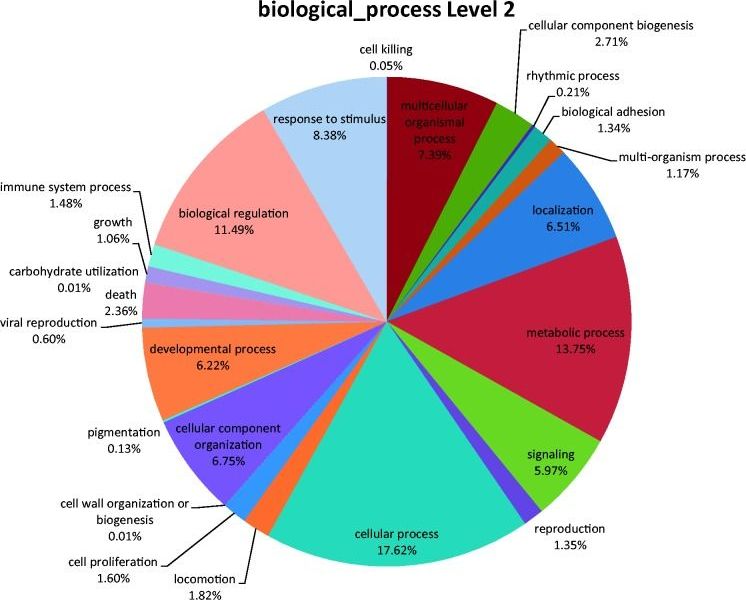Jul 13, 2021
Self-supervised machine learning adds depth, breadth and speed to sky surveys
Posted by Saúl Morales Rodriguéz in categories: information science, robotics/AI, space
Sky surveys are invaluable for exploring the universe, allowing celestial objects to be catalogued and analyzed without the need for lengthy observations. But in providing a general map or image of a region of the sky, they are also one of the largest data generators in science, currently imaging tens of millions to billions of galaxies over the lifetime of an individual survey. In the near future, for example, the Vera C. Rubin Observatory in Chile will produce 20 TB of data per night, generate about 10 million alerts daily, and end with a final data set of 60 PB in size.
As a result, sky surveys have become increasingly labor-intensive when it comes to sifting through the gathered datasets to find the most relevant information or new discovery. In recent years machine learning has added a welcome twist to the process, primarily in the form of supervised and unsupervised algorithms used to train the computer models that mine the data. But these approaches present their own challenges; for example, supervised learning requires image labels that must be manually assigned, a task that is not only time-consuming but restrictive in scope; at present, only about 1% of all known galaxies have been assigned such labels.
Continue reading “Self-supervised machine learning adds depth, breadth and speed to sky surveys” »


















